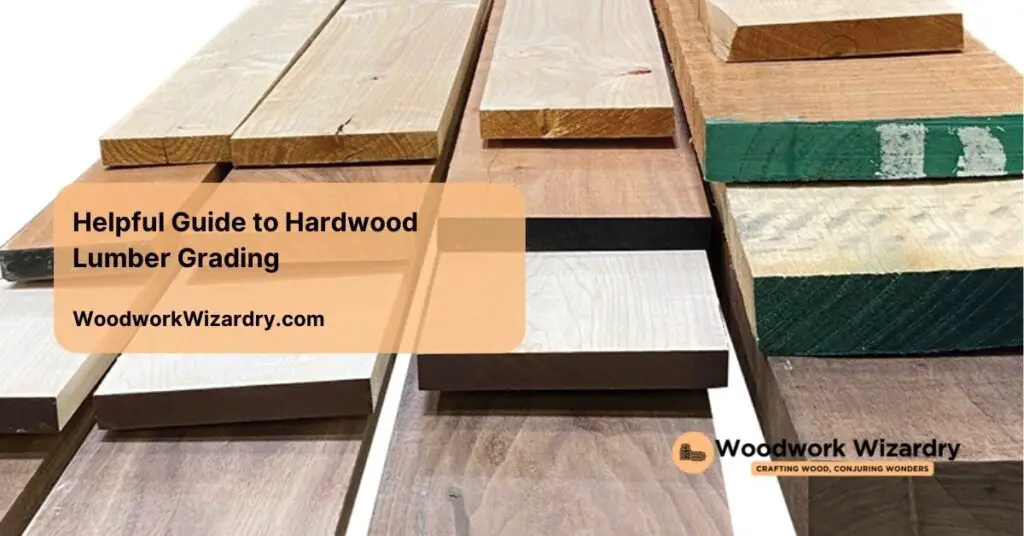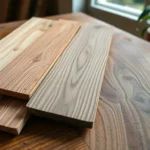Choosing the right hardwood lumber can feel overwhelming, especially when you’re faced with a maze of grades, terms, and standards. Whether you’re crafting furniture, renovating your home, or tackling a DIY project, understanding lumber grading is the key to selecting materials that meet your needs and elevate your results. Without the right knowledge, you risk wasting time, money, and effort on subpar wood.
What Is Hardwood Lumber Grading?
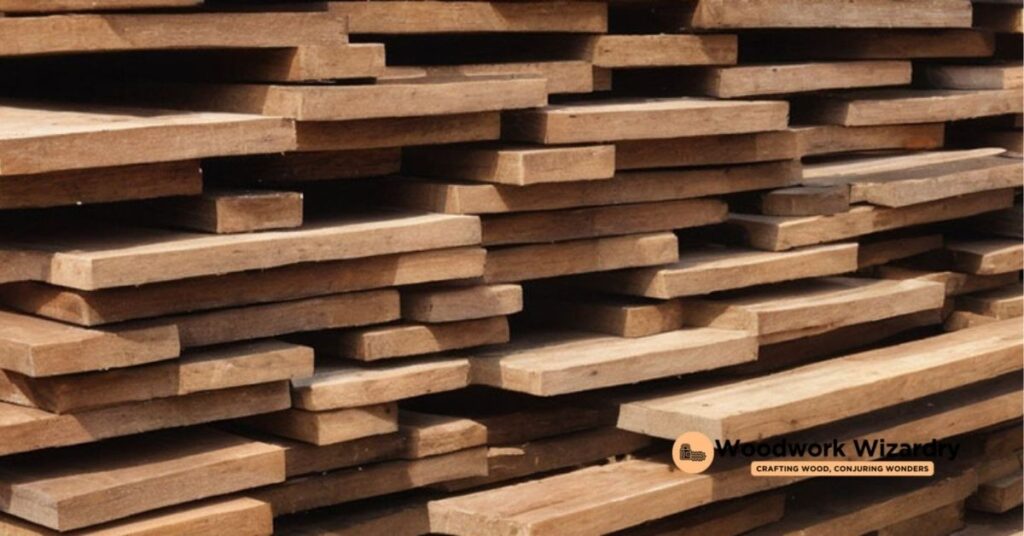
Hardwood lumber grading establishes a quality benchmark for lumber by evaluating its appearance and usability. The National Hardwood Lumber Association (NHLA) sets rules that guide these grades, ensuring consistency across the industry. Grades consider factors like the amount of clear-cuttable wood and the overall defect percentage.
Different grades serve exact purposes, often aligning with project requirements. For example, FAS (First and Seconds) grade indicates the highest quality wood with long, clear, and defect-free sections, making it ideal for furniture. In contrast, #1 Common and #2 Common grades, frequently used for paneling or flooring, allow more defects but remain cost-effective.
Grading also affects lumber pricing since higher-grade wood holds greater value. Understanding these standards helps you choose wood that meets your project’s aesthetic and functional needs. Always match the grade to your intended use to maximize both efficiency and outcome quality.
Importance Of Understanding Hardwood Lumber Grades
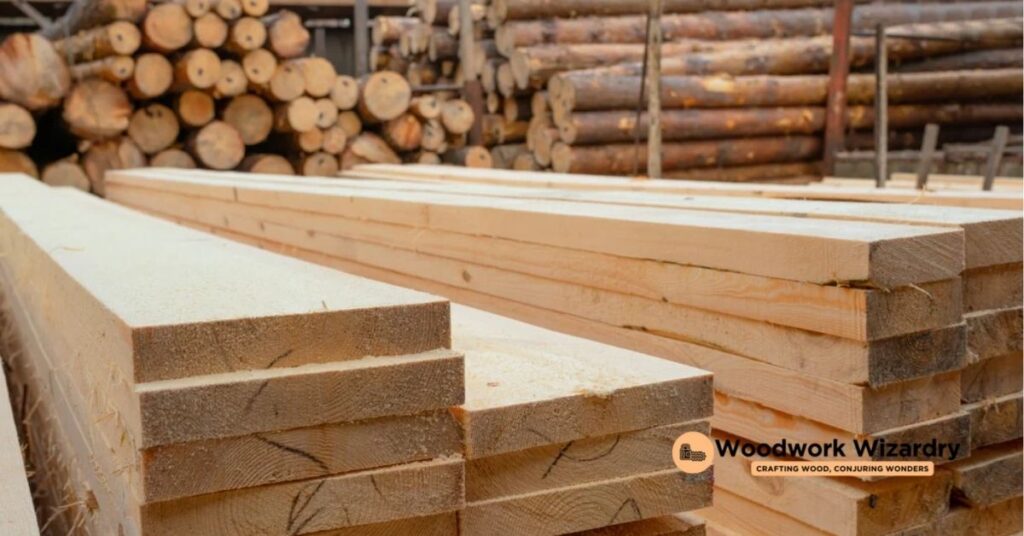
Recognizing hardwood lumber grades ensures you choose materials customized to your project’s needs. These grading standards directly influence wood quality, usability, and value. You reduce the risk of overspending or selecting unsuitable lumber by understanding these grades.
Each grade, including FAS, #1 Common, and #2 Common, serves a exact role in woodworking and construction. FAS provides premium-grade lumber ideal for high-quality furniture or visible applications. #1 Common works well for medium-grade projects like cabinetry, while #2 Common is a cost-effective choice for utility structures or hidden components.
Knowledge of the grading system optimizes budgeting for both small and large-scale projects. Higher-grade wood often commands higher prices, aligning cost with durability and appearance. Familiarity with these grades helps you strike a balance between aesthetics, structural requirements, and expense.
Understanding grading criteria also assists in estimating material yield efficiently. FAS-grade lumber offers higher usable board footage per piece compared to lower grades. In contrast, #2 Common might result in more waste due to limited clear faces. This understanding increases project efficiency and reduces material waste.
The NHLA rules provide a standardized framework for grading, ensuring consistency regardless of supplier or region. This uniformity allows you to make informed decisions no matter where you purchase lumber.
Common Hardwood Lumber Grading Standards
Understanding hardwood lumber grading standards ensures you select the right materials for your project. These standards, established by authoritative entities like the National Hardwood Lumber Association (NHLA), define quality and usability across various wood grades.
NHLA Grading Rules
The NHLA grading rules create consistency in determining lumber quality. These rules evaluate the percentage of clear, defect-free wood in a board, ensuring transparency across suppliers. Measurements include board size, clear face area, and defect locations. NHLA standards simplify comparisons between hardwood grades, enabling informed purchasing.
These guidelines primarily focus on appearance and performance. Affected boards are graded by the minimum clear cuttings available for wood applications. With NHLA’s standards, even novice users can identify if the lumber meets FAS, #1 Common, or #2 Common specifications.
Key Grade Categories
Each primary grade serves distinct purposes, varying in quality and price. FAS, the highest grade, offers boards with a minimum 8-inch width and 83 1/3% or more clear surface area. These are ideal for fine furniture or detailed interior works.
#1 Common, a mid-grade level, allows 66 2/3% to 83 1/3% clear face and is functional for cabinetry where moderate flaws are acceptable. Budget-friendly #2 Common features only 50% clear face and works best for utility projects or concealed structures. Recognizing these grades prevents overspending on unsuitable options.
Factors Affecting Grades
Certain factors influence a board’s assigned grade. Defects such as knots, splits, or discolorations reduce usability and downgrade material quality. Lumber dimensions, including length and width, also play a role. Larger boards often grade higher due to increased usable sections.
Cutting yield significantly impacts grading as higher grades provide more usable clear-cut wood. Finally, varying species, like cherry or oak, exhibit differences in grading criteria due to distinct patterns and characteristics. Knowing these factors equips you to match wood attributes with project requirements.
Steps To Grade Hardwood Lumber
Grading hardwood lumber involves analyzing its quality and usability based on established standards. Following the correct steps ensures accurate evaluations and informed decisions for project-exact needs.
Inspecting Lumber
Begin by visually examining the surface of each board. Assess the overall appearance, focusing on color consistency, grain pattern, and natural defects like knots or splits. Look for any abnormalities that could affect the structural integrity or aesthetic value of the wood. Pay attention to species-exact traits, as certain features may vary between types of hardwood.
Measuring Defects
Quantify defects to determine their impact on the board’s usability. Identify areas affected by issues such as checks, cracks, and wormholes. Measure the size and position of each defect, knowing that larger or poorly positioned flaws typically lower the grade. Use NHLA guidelines to evaluate the proportion of clear wood on the board, as this significantly influences its classification.
Determining Yield
Evaluate the board’s usable portions to calculate yield. Segment the clear, defect-free areas that meet minimum size requirements for exact grades. Use NHLA standards to determine the lumber’s grade based on how much usable material it offers. Higher yields usually indicate higher grades, making them ideal for projects requiring more extensive clear wood sections.
Practical Tips For Identifying Lumber Grades
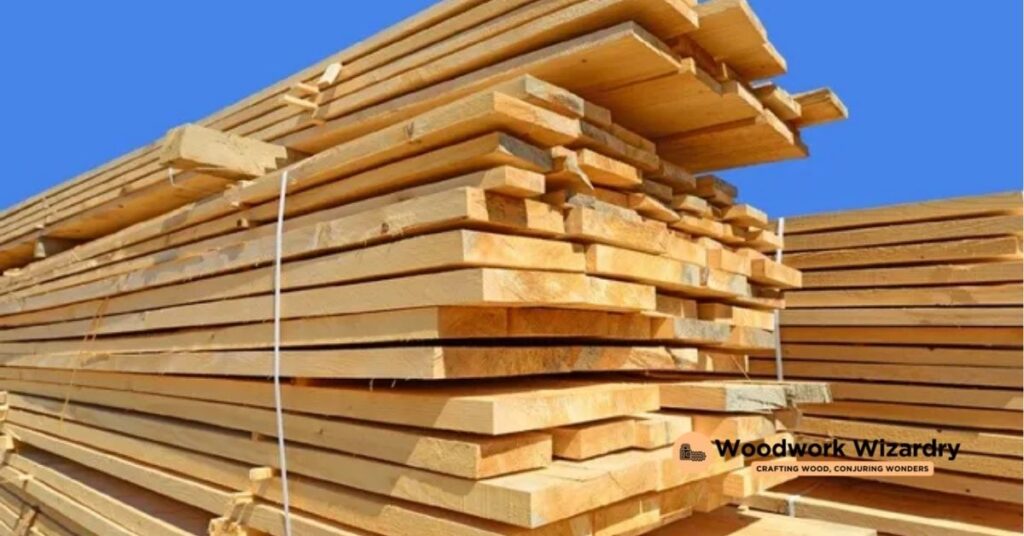
Identifying hardwood lumber grades requires attention to detail and familiarity with essential methods. By equipping yourself with the right tools and avoiding common pitfalls, you can confidently assess lumber quality for any project.
Tools And Techniques
Use reliable tools to measure and evaluate lumber effectively. A tape measure helps determine board dimensions critical for assessing grade eligibility. A good-quality lumber crayon or chalk allows you to mark defects clearly, improving overall inspection accuracy.
Leverage grading stick measurements to calculate clear wood percentages. This helps you quickly assess if boards meet standards for FAS, #1 Common, or #2 Common grades. Flashlights highlight subtle defects like small cracks or hidden knots in poorly lit environments.
Combine visual examination with NHLA grading standards. Compare grain patterns, color uniformity, and defect locations against standard benchmarks. Ensure all tools are in proper working condition to avoid inconsistencies during grading.
Common Mistakes To Avoid
Skipping thorough inspections often leads to selecting inferior lumber. Rushing the evaluation process results in overlooking hidden defects like surface checks, discoloration, or internal splits.
Failing to account for board usability can inflate project costs. Misjudging clear wood percentages reduces usable yields, driving up material waste and expenses. Stick closely to NHLA grading rules to ensure accuracy.
Ignoring species-exact characteristics impacts grading reliability. Different hardwoods, such as oak and maple, can exhibit unique defects that influence their usability. Match boards to intended applications while adhering to grade parameters.
Applications Of Different Hardwood Grades
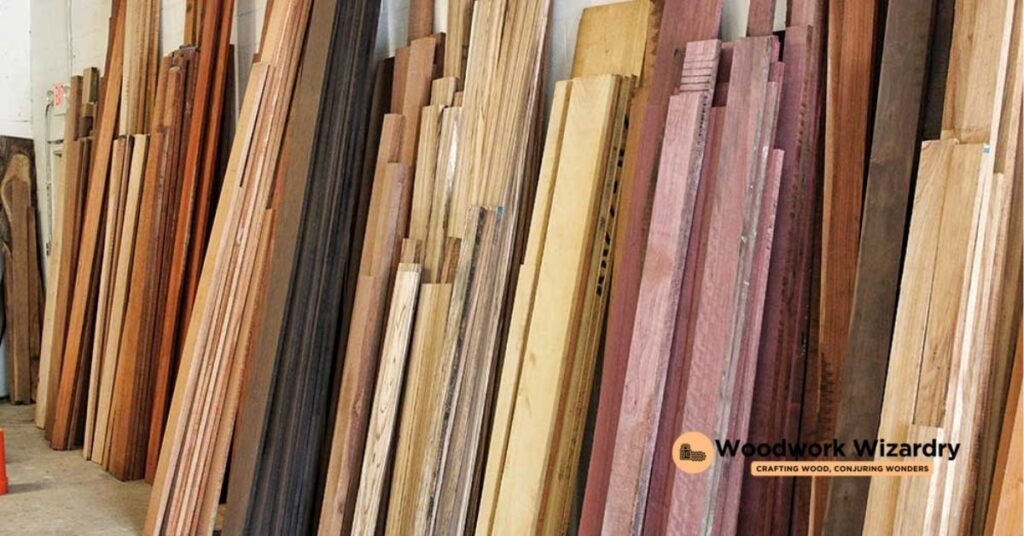
Understanding hardwood grades enables you to select the right material for exact uses, improving both functionality and aesthetic outcomes. Various grades excel in different applications, ranging from furniture to utility purposes.
Furniture Manufacturing
FAS-grade lumber is ideal for furniture manufacturing where appearance and durability are crucial. Its high-quality, defect-free wood features clear surfaces suitable for tabletops, chairs, and cabinets. #1 Common grade works well for pieces requiring moderate structural quality, such as drawer sides and backing. Lower grades like #2 Common may serve for hidden framing or rustic designs, especially when imperfections add character.
Flooring And Paneling
Premium-grade lumber, such as FAS, ensures smooth, visually consistent flooring with minimal defects. This grade is preferred for top-tier residential and commercial spaces. #1 Common is a popular choice for moderately-priced flooring or wall paneling, balancing cost with appearance. For more economical answers, lower grades provide utility in areas like basements or storage rooms, where aesthetics matter less.
Specialty Wood Products
Custom wood projects, such as instrument manufacturing or unique carvings, demand select-grade hardwood. FAS is often the best option due to its high yield of clear, workable material. Mid-range grades, including #1 Common, can fulfill decorative needs for moldings, trim, or specialized finishes. Lower grades, but, might be suited to crates or simple utility items where strength outweighs refinement.
Conclusion
Understanding hardwood lumber grading empowers you to make smarter choices for your projects, saving time and money while ensuring top-quality results. By familiarizing yourself with grading standards and their applications, you can confidently select the right material for your needs.
Whether you’re crafting fine furniture, tackling a DIY renovation, or working on utility structures, knowing how to evaluate lumber properly gives you a important advantage. With careful attention to grading details and NHLA guidelines, you can achieve both aesthetic and functional success in every project.

